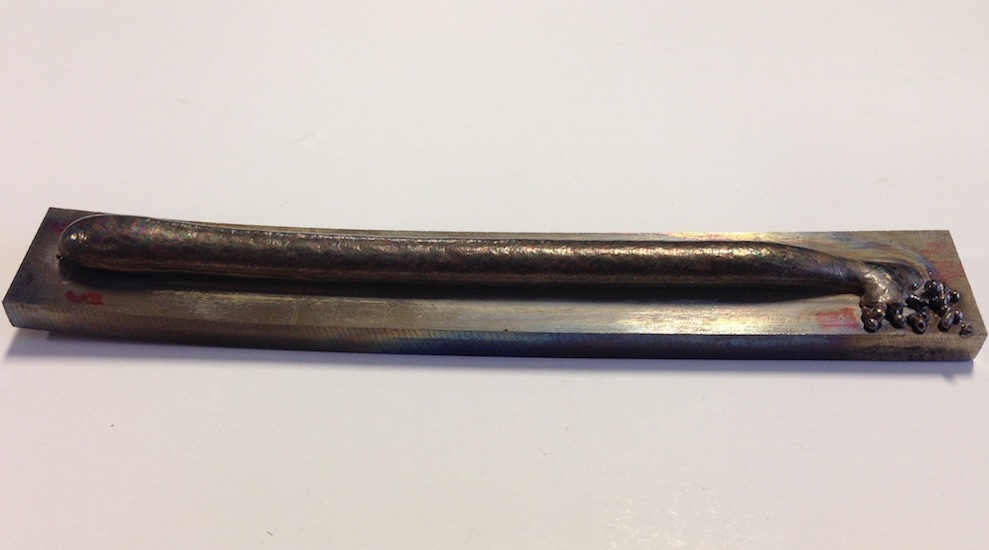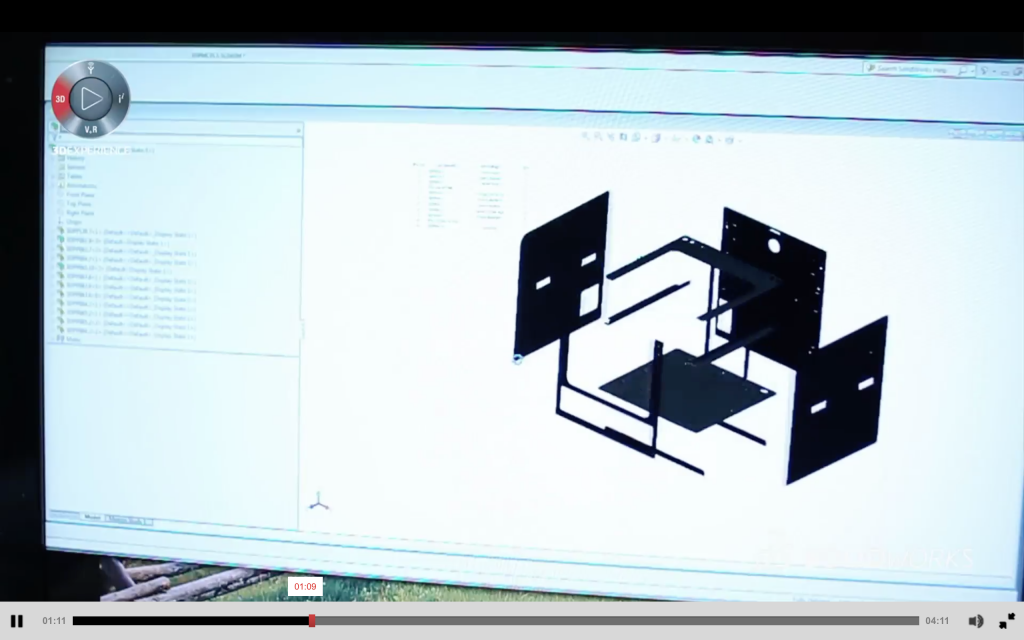Software simulation is a highly valuable tool that allows designers and engineers to troubleshoot problems before they arise. Applied to 3D printing, simulation can inform the overall design of an additively manufactured product. Coupled with analysis, such softwares can optimize parameters to help save both time and money in the process.
In this article we look at two recent, but separate, initiatives using simulation tools for 3D printing.
Simulation for aerospace grade additive manufacturing
The Manufacturing Technology Centre (MTC) in Coventry conducts high value research for the aerospace industry. As one of the most thoroughly developed metal additive manufacturing methods, laser powder-bed fusion is favored by this industry, and its control has become a focus of many projects at the MTC.
In one initiative, led by Borja Lazaro Toralles in the Physics Modelling department, MTC researchers are studying metal deformation that can occur in the cooling of a 3D printed component, in an effort to counteract the process.

For finite element analysis, problem solving and simulation of this process, the team uses COMSOL Multiphysics.
Using the application, Toralles explains, “We created a simulation that predicts the stresses and deformation during a part build to give us a clear understanding of how it will distort during printing.”
With this information, the engineering team is then capable of inverting the level distortion within a components digital design. Toralles says that this allows the team “to account for the warping ahead of time so that the final product distorts into the shape we actually want.”

As a cross-platform application, COMSOL Multiphysics can also be used with popular CAD programs such as SOLIDWORKS.
Simulation for product development of consumer goods
At IF-Adamas (Idea Factory Adamas) in the Netherlands, SOLIDWORKS has been used to produce dddrop 3D printers.
One of the main challenges in development of the dddrop 3D printer was to get as much build volume as possible into a small footprint – i.e. the bigger and heavier the machine, the more expensive it is to make and ship around the world. The IF-Adamas team used SOLIDWORKS to optimize the the use of space in the machine’s design.

By simulating the outcome of design changes, the team were able to save a crucial 2mm on the 3D printer’s housing, and streamline the overall package. “We used simulation for that,” explains Alfred Uytdewilligen, CEO of IF-Adamas BV, “The evaluation tools are extremely important.”
Additionally, SOLIDWORKS is used to run four product development cycles of the dddrop 3D printer per year to ensure that the hardware remains up-to-date.
Uytdewilligen adds, “We found that the product really performed like we designed it.”

For more of the latest software, hardware and materials news sign up to the 3D Printing Industry newsletter, follow us on Twitter, and like us on Facebook.
Looking to get involved in a new project? Join 3D printing jobs for the latest vacancies in software, hardware and materials.
Vote now in the 2018 3D Printing Industry Awards for research/academic of the year and more.
Featured image shows optimization of an impeller component using the MTC’s COMSOL Multiphysics app. Image via The Manufacturing Technology Centre


